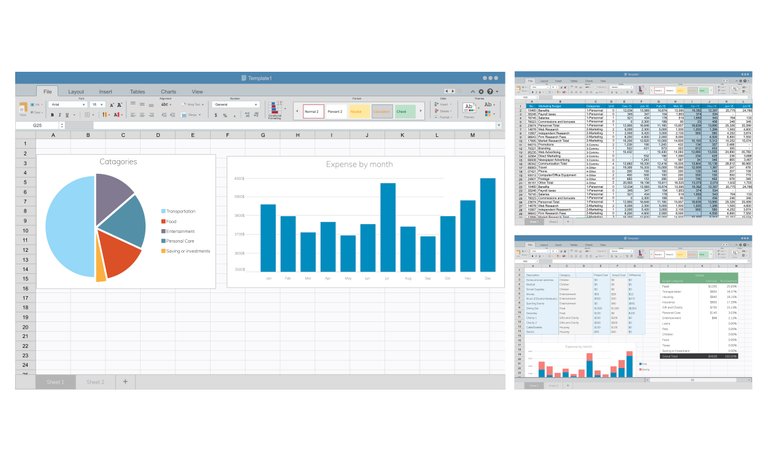Cybersecurity: Why it is important to have an Asset Register in a Firm
Asset management is an important portion of ensuring information security. How do you keep assets that you don't own safe? Hence the need for a proper and good asset management strategy. The advancement of technology has made this quite easy as firms could utilize some software management tools to help them manage their assets. However, the cost of acquiring these asset management software tools might make some firms do their asset management manually using Excel and other spreadsheet tools.

A firm's assets can be categorised into two mainly: IT assets and Non-IT assets. Its assets are those Laptops, systems, applications, tools and websites/domains the company uses to conduct its day-to-day activities. This IT asset could be applications developed in the company or software bought or subscribed to, or it could be open-sourced. The Non-IT assets are the physical and Fixed assets such as buildings, cars, chairs, generators, cooling systems and environmental safety gadgets like Fire extinguishers, alarms and CCTV used by an organisation.
Regardless of whichever category an asset falls under, a firm is expected to keep the inventory list of those assets; this inventory is what we call an Asset register. It plays a very important role in how the organisation takes care of the assets and helps the organisation map out the asset in their possession properly. This way, it will be hard to lose track of any assets. This inventory could be done manually, or done automatically with the help of IT management software.
Most big firms have divided the responsibilities of assets management into two departments, i.e. IT department and the Administrative/ Procurement department. This is done so that They can accurately tracking of the asset, and also, all assets will have an owner and someone to hold responsible in case things go wrong. The smaller firms could have their assets managed by just one department, especially in cases where the IT assets in used are limited to just the laptops (Some companies do not even give out laptops to their staff)

Regardless of which form an asset inventory is taken (manual or asset management tool), certain details are compulsory and must be on. Example of such details includes the Name of the asset, the user of the asset (The person currently using the asset), the Owner of the asset (The person who is to be held responsible for anything that happens to that asset), location of the asset, licences (for IT asset), What is the asset used for, Classification of asset, asset type etc.
By maintaining the inventory of assets, a firm could easily execute the maintenance of such assets. Assets such as Air conditioning, Generators, Fire extinguishers, Elevators etc., must be checked for fault, upgrade, or maintenance periodically. As for the networks, systems and applications must be continually monitored for unauthorised use and to avoid breaches and malfunctions. For laptops and other movable assets, the inventory helps track their location, and it is much easier if an asset management tool is available to automate things.
With an Asset register, when an asset is to be retired is easy to calculate as the date of the asset acquisition should be on the register; this is most useful for fixed assets. Asset management is a very important thing that all firms must take seriously as it also helps know the firm assets outside the premises of the company's physical structure; it could be an asset taken to a site or another client site.
Yay! 🤗
Your content has been boosted with Ecency Points, by @lebey1.
Use Ecency daily to boost your growth on platform!
Support Ecency
Vote for new Proposal
Delegate HP and earn more